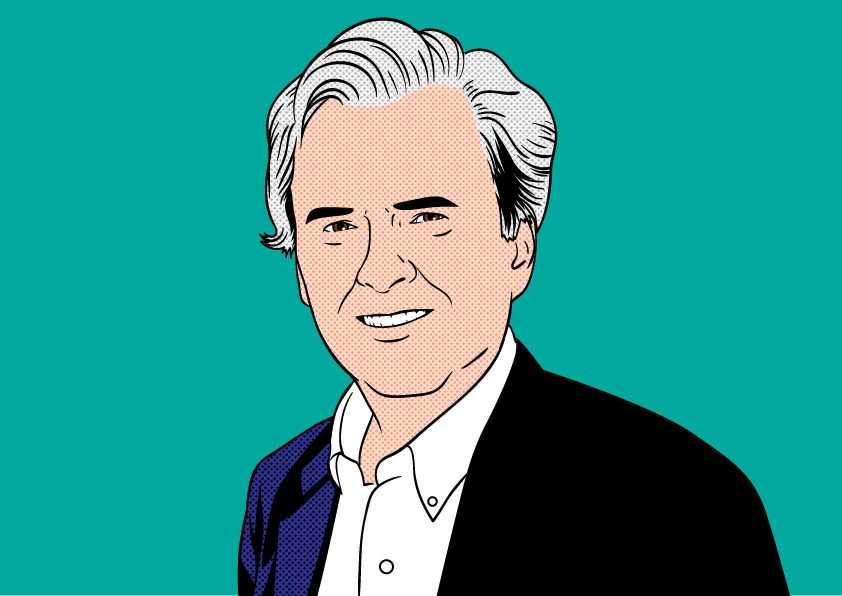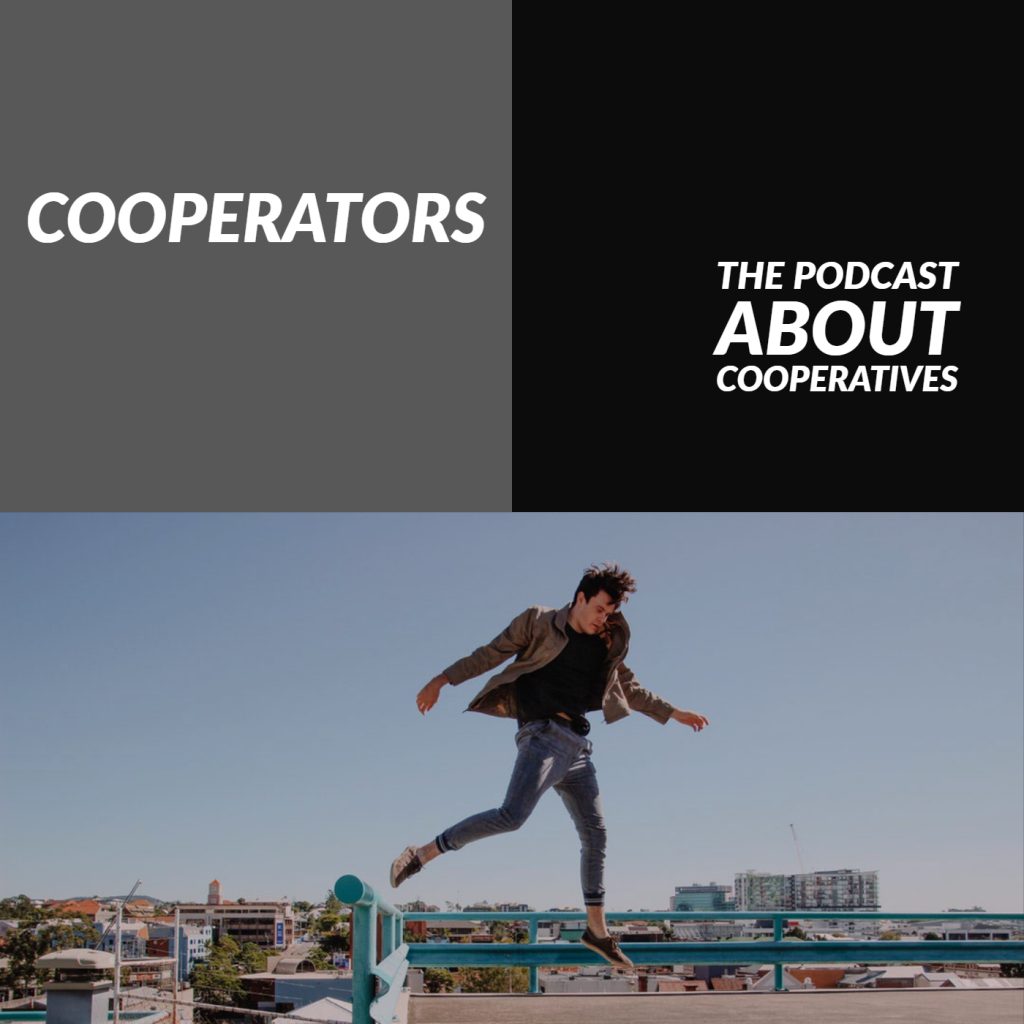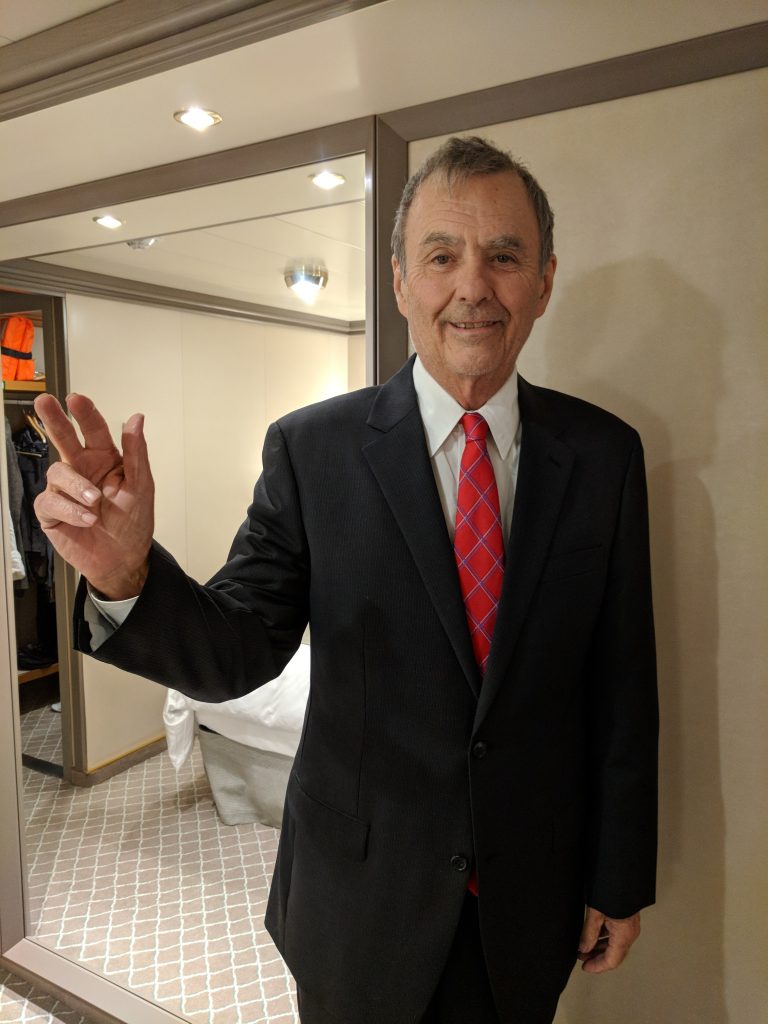Does Your Comfort Trump Travel Costs?
by Robert McGarvey

Does your comfort – or your employer’s costs – come first in making choices about business travel?
Every trip of course involves a panoply of choice. Fly economy or premium economy (or, lucky you, business class)? Stay at a Marriott or a Courtyard? Take Uber on the ground or the subway?
In recent years many business travelers have grumbled that to their employers, cost always prevails. But just maybe that is no longer true.
Certainly there’s a positive sign: many travel managers had already indicated they weren’t buying airline basic economy fares for business travelers. The gripe there however is that in many cases the total fare actually edged higher when travelers were coerced into flying basic economy.
The bigger news out of a recent survey of Global Business Travel Association buying members – conducted by GBTA, in association with Travel and Transport and Raditz – suggests that many companies are more broadly embracing higher comfort for their business travelers. The survey’s topline finding: “60 percent of respondents said that traveler satisfaction is the most important factor when evaluating corporate travel.”
The survey continued: “Traveler satisfaction beat out hard dollar savings (47 percent) and policy compliance (40 percent), which were the next two considerations. Interestingly, traveler satisfaction remained the number one factor.”
“The best policies are in place to protect employees and help a business achieve bottom-line growth, but when road warriors are running on fumes, they can’t deliver those wins that businesses need to remain healthy. When they’re satisfied and feel supported, they’re more productive and the bottom line is healthier as a result,” said Joel Bailey, SVP, Customer Solutions with Travel and Transport.
Absolutely right.
And companies, flush with profits in today’s economy, are apparently recognizing that a comfortable employee is a better employee. Will they think that way in the next downturn? Almost certainly they won’t but at least enjoy today’s largesse.
Fly from Newark to Shanghai – 15 hrs, 5 minutes on United – in economy and you will not arrive in China rested and ready to battle. You will arrive seriously disadvantaged.
There just is much more space in premium economy – wider seats – a tastier menu, and it simply is a less hectic setting. The price difference is $1000 for the basic to maybe $1800 to $2000 for premium economy.
But there really is no number to reflect the much higher employee comfort.
That’s probably why – in my impressionistic surveys – premium economy is selling out of many Shanghai runs this winter while plentiful coach seating remains. Many employers are bellying up to this bar and parting with the shekels for better employee comfort.
As for hotels, frankly I don’t need a five star hotel on the ground – but I sure prefer a three or four star over a no star or one star. If I were flying to Montreal tonight I’d stay at the Hotel Nelligan, at maybe $175, even though in Montreal winters there are plenty of rooms in town for under $100. I just know where my comfort zone is. And note I don’t need the $300+ hotels either; neither do most business travelers.
But I much prefer quiet, well located, well run hotels over their bargain brethren.
As for ground transportation I am a pennypincher’s dream. In Phoenix, where I live, I take the light rail to/from the airport. In San Francisco I take BART. At Newark Airport I’d probably take the PATH. Often public transit simply is faster than a taxi or Uber and it sure is cheaper.
When it comes to food, people know I’m a skinflint on business trips. A Shake Shack supper is a splurge. A Starbucks breakfast is the norm. Of course if it’s a shared business meal, that stinginess is discarded.
So maybe my expenses balance out. Some columns are slim, others a bit more plump.
Either way, though, I know that those who pay for my travel get a much better deal when I am a cheerful traveler. Put a frown on my face and my value plummets. So there is more value to be had when I am cosseted than when I am tossed stale bread crumbs and a sleeping bag.
Probably true for you too.
Just saying. Employers might take note. It’s how to get value for money.

